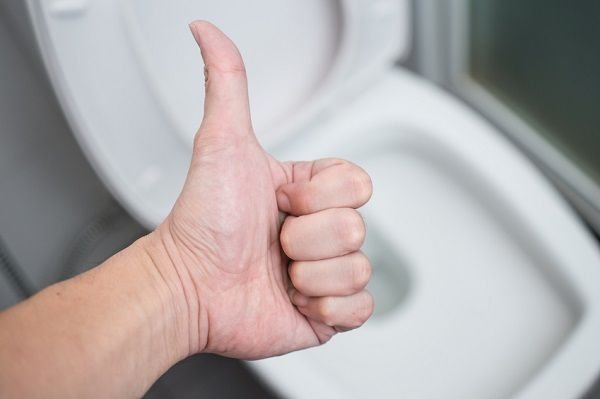Gta V Low Level Money
Thanks to recent trends, home owners have been looking for ways to create energy efficient homes. Various aspects of the house, such as plumbing and electricity, are set up in non-conventional ways that save both energy and money. For example, low-flow toilets have gained popularity among water conservation enthusiasts. Because they cost a pretty penny, they are considered an investment that a home owner must carefully plan.
Wondering what's the deal with these special toilets? For starters, they are known for using much less water than traditional kinds. Standard versions can use up to 6 gallons of water per flush. After all, toilets make up the largest percentage (30%) of indoor water use. According to the American Water Works Association, this equals out to a whopping 20.1 gallons of water per person per day.
Because plumbing is essential for living in a safe and sanitary home, it doesn't hurt to give water conservation some extra thought. Toilets are necessary for creating a comfortable living situation, and since some parts of the country are frequently susceptible to experiencing droughts, the need to save water is constantly going to be an important issue. According to The Huffington Post, California, one of the states most vulnerable to frequent droughts, has even implemented laws regarding low-flow toilets in homes build more than 20 years ago.
Weighing the Pros and Cons

Like many home appliances, low-flow toilets have their pros and cons.
The Pros
The first and foremost advantage is saving a great deal of water. This type of toilet works with the plumbing system in a unique way. It operates by using pressure or gravity, enabling waste to naturally travel through the system. Less water is used to force and push waste through the pipes. This is exactly how low-flow toilets save so much water.
An additional benefit of low-flow toilets can be seen in your monthly water bill. The United States Environmental Protection Agency (EPA) shares that home owners can save as much as $110 per year on water. Some cities, states, or counties may even pay you a rebate if you invest in a low-flow toilet. This is common in areas that focus on altering plumbing and energy practices to help out the environment.
The Cons
There are some disadvantages to low-flow toilets. Because they do not exhibit a strong force of water, these toilets may not clear waste as well as standard versions. This may require a second flush in order to clear everything out, which of course wastes water you intended to save. For some individuals, this may be seen as a hassle and inconvenience because it may require more frequent cleanings as well.
Another disadvantage may arise if a home owner lives in an older house. Because low-flow toilets operate on pressure or gravity, the pipes must be positioned at a specific angle and slope. The plumbing in older houses are often not equipped to handle this type of flow. If they are not placed at a specific slope, water cannot be brought away by gravity. This will then defeat the purpose of a low-flow toilet.
As a result, older houses will require pipes to be switched out and replaced in order to accommodate a low-flow toilet. This can be quite the expensive and time-consuming project. Fortunately, newer houses are more likely to accommodate the function of a low-flow toilet. It is best to talk to the contractor of your house to ensure that the plumbing system can handle such changes.
Take the Plunge!

Now, here's the most important question. Is investing in a low-flow toilet worth it? If you have a big family and can afford the investment, the answer is yes.
Bathrooms are a high-traffic area in any living space, especially if you have many individuals living in your home. The bathroom is used each and every single day. This kind of toilet installation will accommodate the heavy usage by not only your big family, but also your guests.
This investment in your plumbing system will especially show itself in your water bill. With each person using 20.1 gallons of water per day through flushing, you'll be sure to save a good chunk of change. Keep in mind that showers, dish washing, and laundry will still be taking place. If water can be saved through flushing the toilet, you'll be well on your way to making a huge dent in your bill.
Low-flow toilets are also worth the money if you live in an area experiencing a drought. It is recommended that home owners look for a low-flow toilet with the WaterSense label, assigned by the EPA. This label indicates that the toilet is 20% more efficient than other products of the same type. This is considered to be a much wiser investment in the long run.
If that doesn't sway you, let's look at some statistics from the EPA. If every old, standard toilet was replaced in the country, over 520 billion gallons of water can be saved each year. This would be an amazing change that consumers could do for the environment.
There are a few cases where installing a low-flow toilet may not seem appealing. If you live in an old house and do not experience high traffic, you may wonder if reconstructing the plumbing system is necessary. This entirely depends on your availability of funds and desire to conserve water. However, it is certainly worth considering, even if it seems like a hassle. After all, water is in short supply these days.
Gta V Low Level Money
Source: https://www.doityourself.com/stry/are-low-flow-toilets-worth-the-money
Posted by: bakersalogned.blogspot.com

0 Response to "Gta V Low Level Money"
Post a Comment